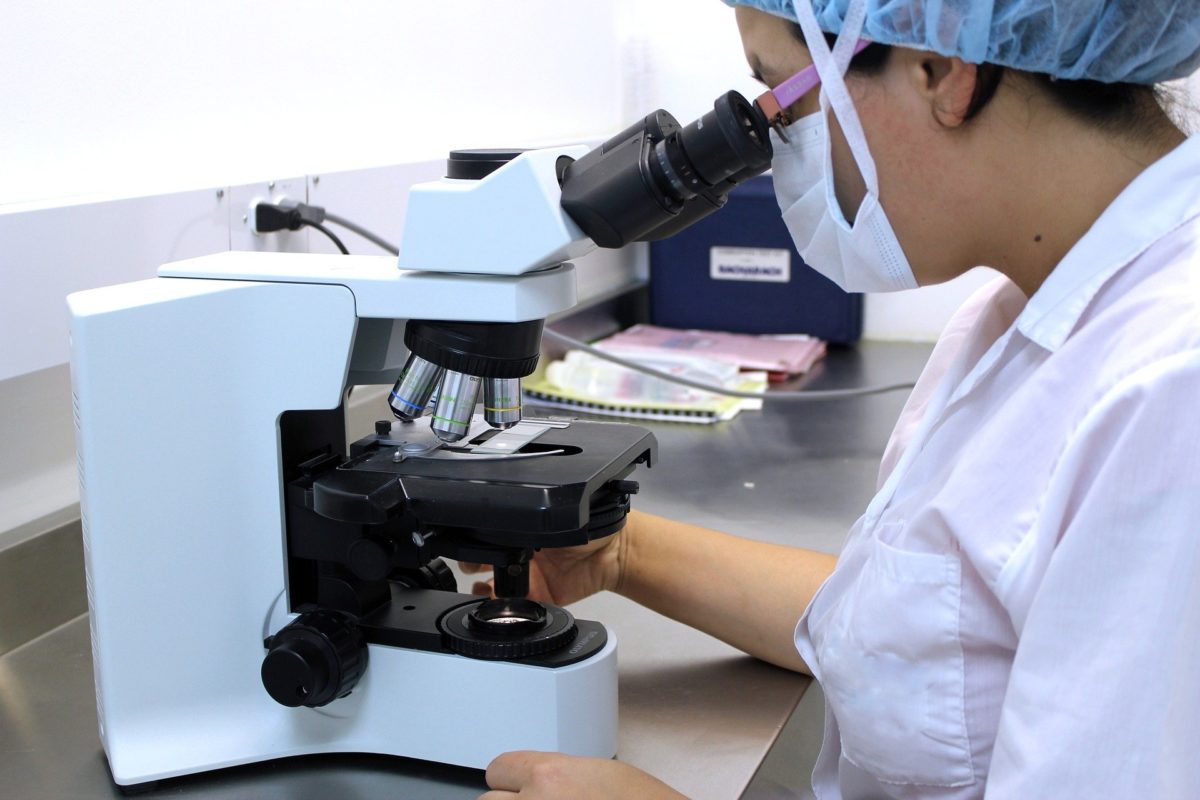AgResearch’s development of a new generation grass is making steady progress, AgResearch reports.
Its principal scientist, Dr Greg Bryan, has returned from the United States where the Crown Research Institute is conducting field trials of the genetically modified High Metabolisable Energy (HME) ryegrass.
New Zealand forage scientists have been conducting experiments to find if this new potentially environmentally sustainable grass – one that strikes a balance between reductions in greenhouse gas emissions, greater tolerance to drought and farm productivity – will perform in the field in a similar way to how it performs in controlled environment studies.
“Our ryegrass research has generated high levels of public and scientific interest here in New Zealand and overseas and now is a good time to provide an update on the progress we are making,” said Dr Bryan. “The HME ryegrass has performed well in controlled growing conditions and I’ve recently returned from the United States where we are growing the plants in field trials in competition with one-another, just as they would in pasture and the plants are doing well.
“We’re breeding the best novel traits into ryegrass cultivars that will best suit New Zealand growing conditions and we’re also introducing genes into the plants that have simpler genetic patterns that will make future breeding programmes easier. The ultimate goal of the United States phase of the research is to conduct realistic rather than simulated animal nutrition studies so we can evaluate whether the grass might have the potential environmental benefits such as reduced methane emissions and reduced nitrogen excretion that our modelling suggests it will.”
While the results have been encouraging, Dr Bryan issued a note of caution.
“This is complex long-term research and we are working on a species with challenging genetics. It takes several years to breed the HME trait into elite ryegrass varieties currently used by farmers, and very importantly, to test performance every step of the way.”
“It’s important to stress that the forecast environmental benefits associated with the grass need to be supported by rigorous research. We have a good understanding of the potential benefits of the grass because of our institutional expertise in animal nutrition, from animal nutrition models, and from the biochemical analysis of the grasses in in vitro (test tube) studies. Eventually, we will need to seek regulatory approval for HME ryegrass to be grown here in New Zealand for livestock grazing trials. We need to test in New Zealand conditions using New Zealand animals to ultimately confirm or refute the potential environmental and productivity benefits of HME ryegrass.”
DairyNZ is investing farmers’ levies alongside AgResearch to support the trials in the United States.
Dr Bruce Thorrold of DairyNZ said dairy farmers are looking for new ways to reduce their environmental footprint and improve productivity.
“The science done by AgResearch to develop these plants is world-leading, and we’re investing to see how these plants perform in the field and test their potential value for our farmers. While there is a long way to go, we’re encouraged by the results to date.”
AgResearch, in support of this project and a number of other forage related research initiatives, is also investing in new state-of-the-art glasshouse facilities on our Grasslands campus in Palmerston North. The glasshouses, designed to precise performance specifications and biosecurity standards, will be used to research novel ryegrass, clover, endophytes and many other forage-related species.
Dr Richard Scott, Science Team Leader for the Plant Biotechnology Team, says these glasshouses have sophisticated climate control and irrigation technology, but the big game-changer fis that their design will allow the scientists to grow plants that produce higher quantities of high-quality seed.
“This new facility is very important for the HME ryegrass programme as all seed used in the United States trials is produced here in these contained glasshouses at Palmerston North and we will need kilograms of seed to plant enough ryegrass to perform meaningful animal nutrition studies”
Up to a dozen scientists from two Teams – Plant Biotechnology and Plant-Microbe Interactions – will be conducting various experiments in the glasshouses.
A diverse range of scientists can work together there, including PhD students, enabling greater collaboration between teams, research institutes, universities, and co-funders.
Moreover the new facility should enable the researchers to increase the scope and pace of both their field trials and the fundamental research programmes into understanding the mechanisms underlying the higher growth rates observed in the HME ryegrass.
Source: AgResearch












